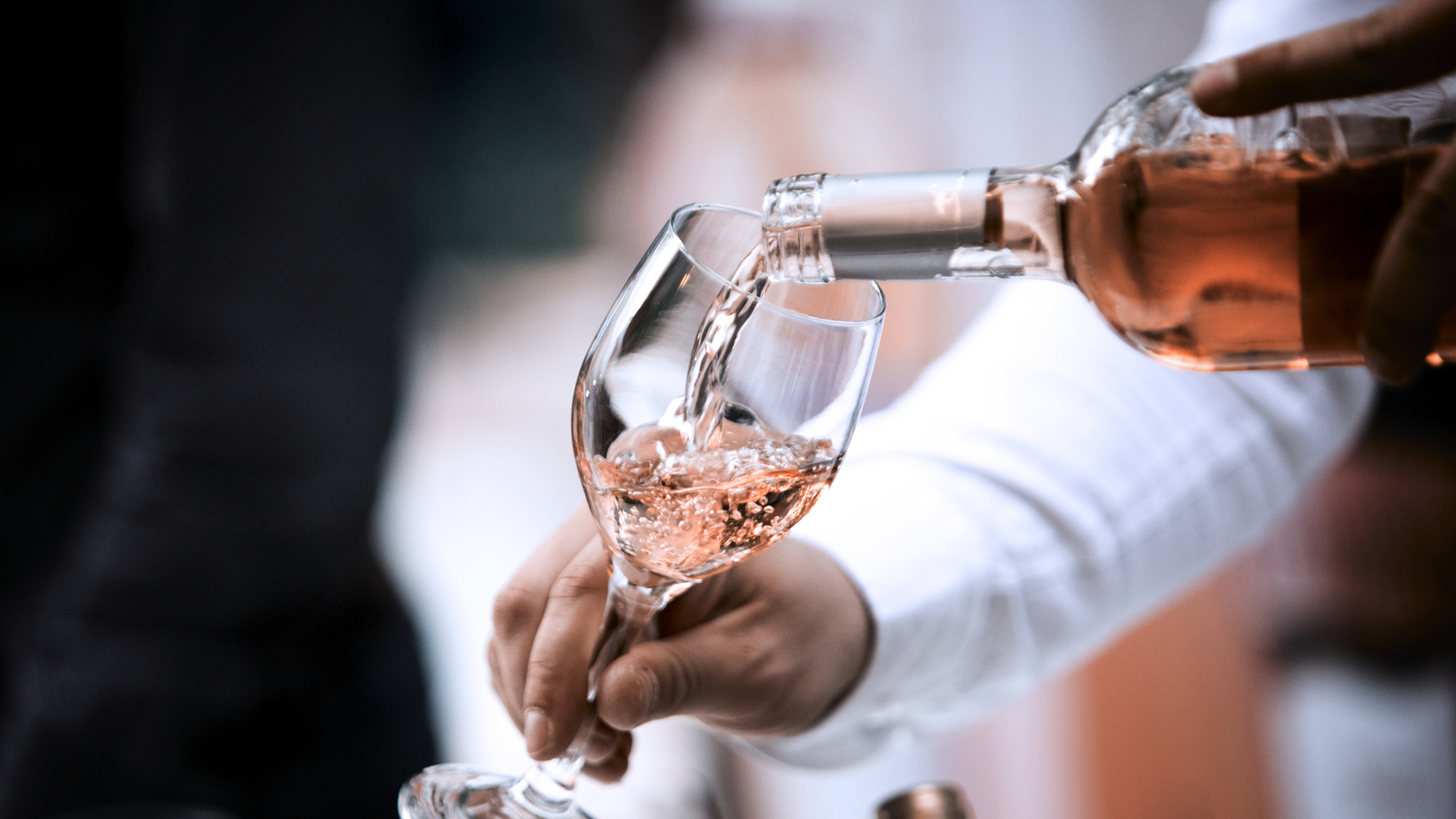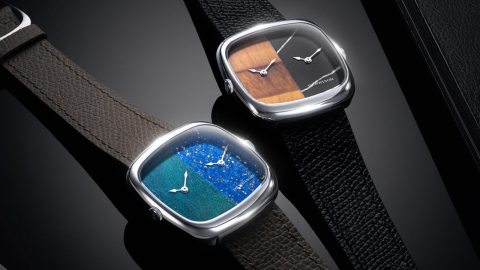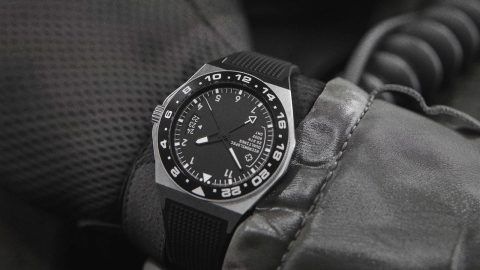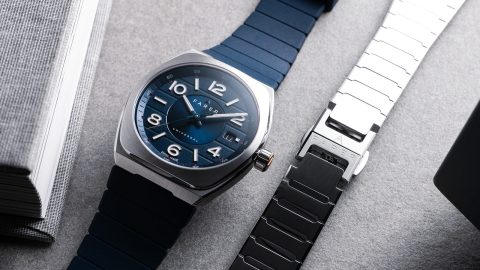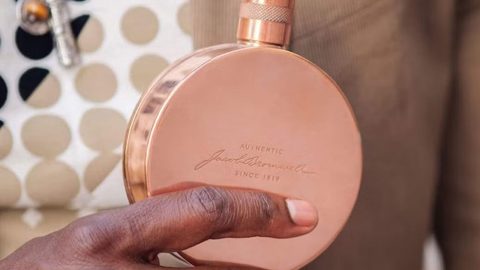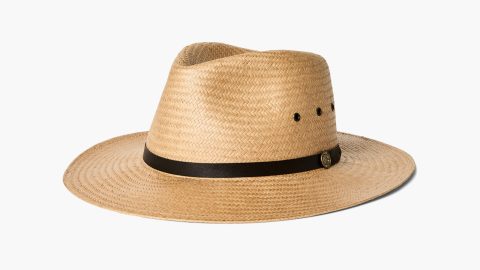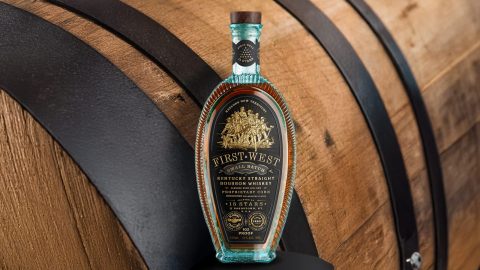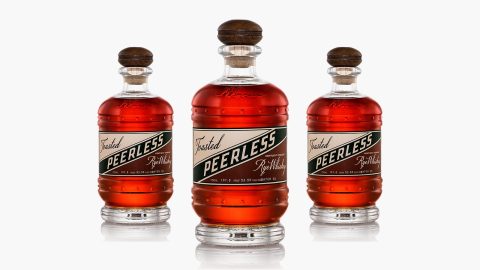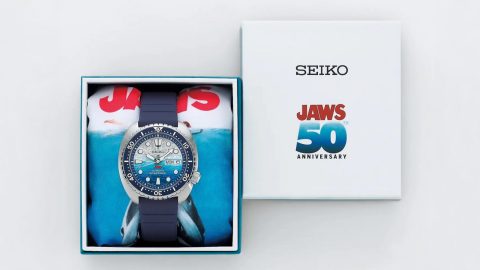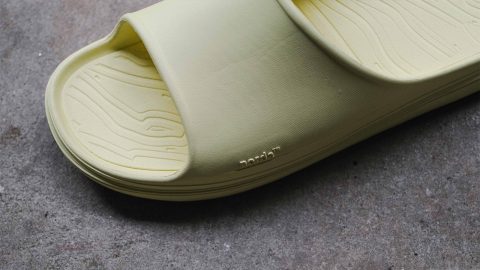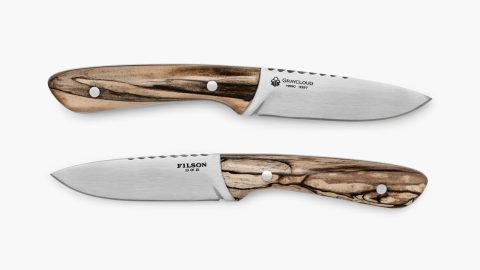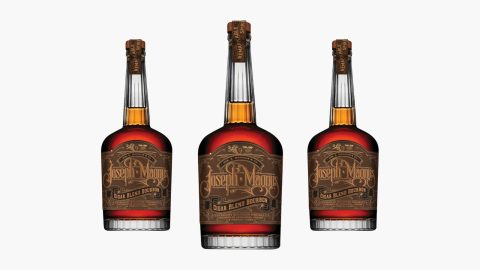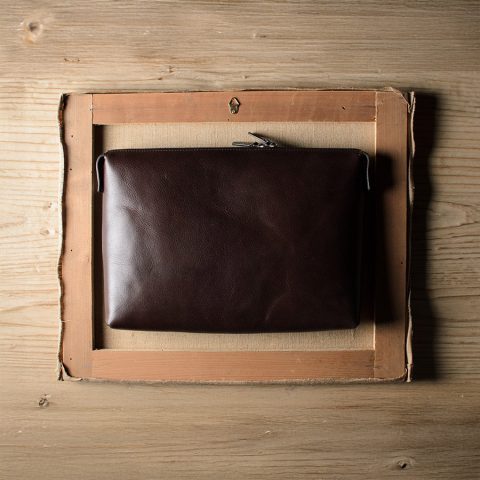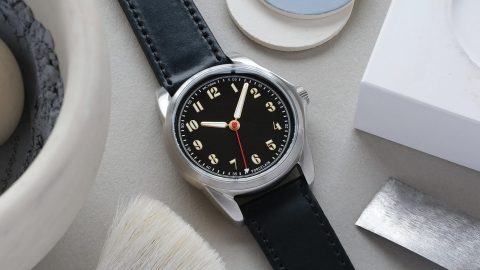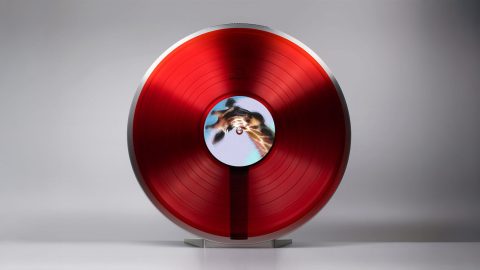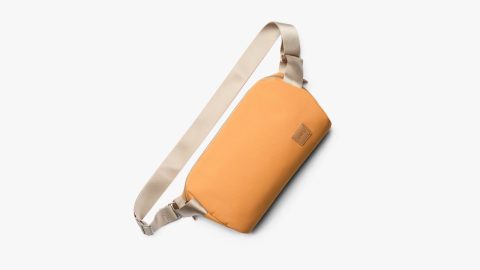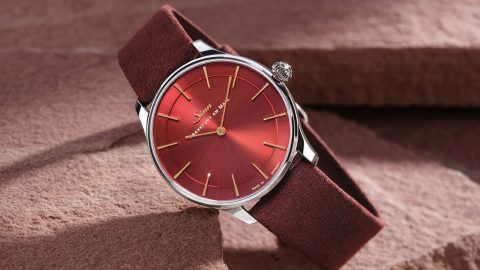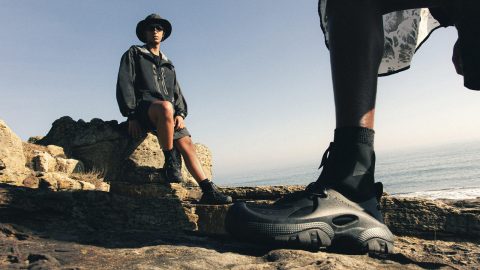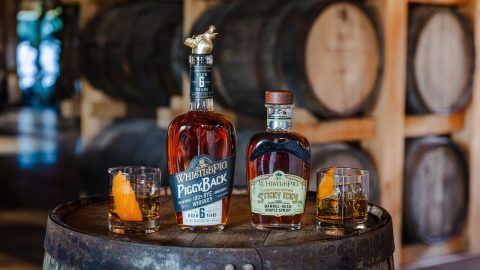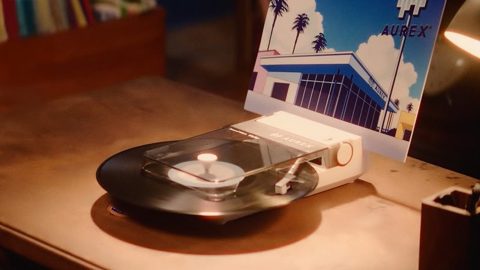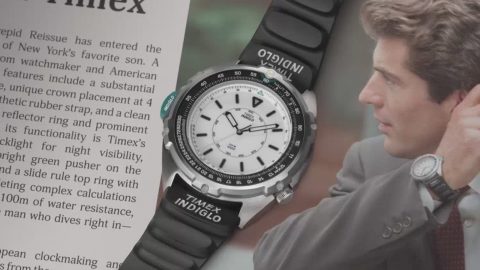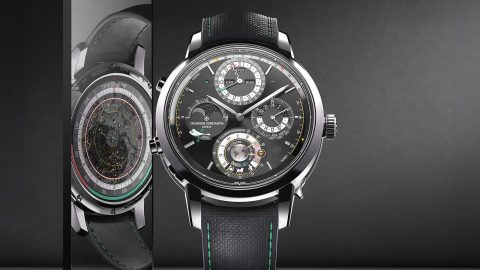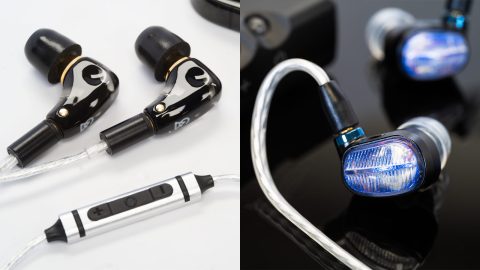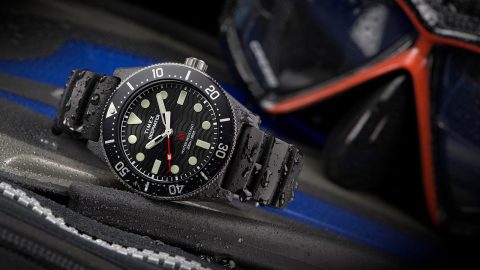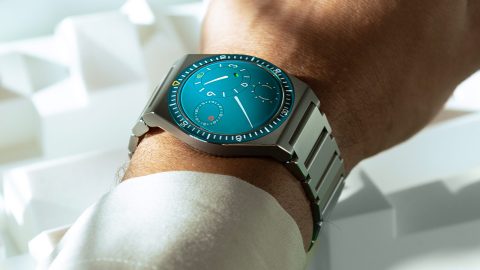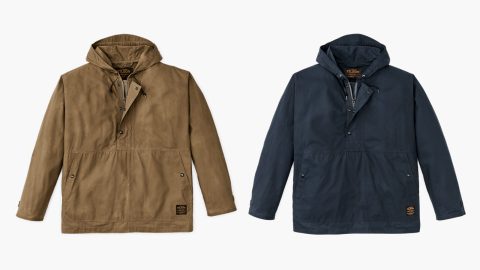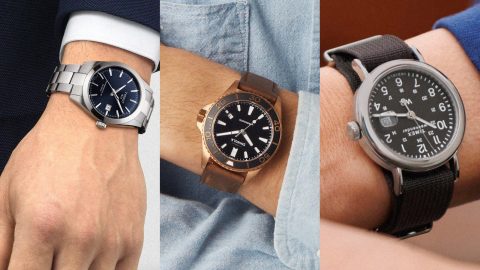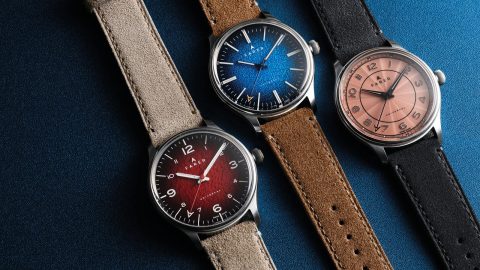Much maligned by the uninitiated, tragically misunderstood by those who have been subjected to bargain-basement “blush”, and beloved by Francophiles and somms with intimate knowledge of this wine’s capacity for nuance and charm… It’s rosé—hey hey!
Summer is rosé season. Sure, you can drink this refreshing beverage any time of year, but there’s something iconic about sipping a chilled glass of fruity, minerally goodness on your porch or by the pool that can’t be denied.
So, what is rosé? True rosé is made using—surprise!—dark-skinned grapes; once they’re crushed, the juice stays in contact with the skin for less than a day, just long enough to give the wine rosé’s telltale pinkish-orange hue. Rosé from Provencal is arguably the gold standard, its fresh, crispy, and dry style with tons of fresh fruit, intriguing florals, and lashes of salty minerality proving to be nearly irresistible. That said, you can also find great examples of rosé everywhere from Italy to Spain to Austria to Long Island. Some are layered and complex, some are fruit bombs almost candy-like in taste and consistency.
You can find great examples of rosé everywhere from Italy to Spain to Austria to Long Island.
Beware pink wines made by blending together red and white wine. They tend to be cloying, and although there are exceptions, most pink wines (many versions of White Zinfandel unfortunately included) won’t offer the intricacy and balance you’re looking for.
Note that rosé in general is a less expensive wine, so our “diamond” offering this time around is hardly the financial outlay you might expect. That said, it’s easy to whip through an entire case of wine when it’s this tasty and drinks so easily. If you’re planning on throwing a BBQ or hosting a bunch of friends for a beach party, you’ll want to save where you can, and $10+ bucks a bottle adds up.
If You Like This…
Domaines Ott Clos Mireille Cotes de Provence Rosé, 2017 – $40
Domaines Ott recently celebrated its 100-year anniversary, but the Clos Mireille vineyard didn’t join the family until nearly twenty years after the first probably was snapped up in 1912. Close Mireille features an advantageous mix of clay and shale soils along with a front-row seat of the ocean. It sounds like a picturesque and rejuvenating location, and the estate’s wines are infused with those same qualities.
Rather than bursting forth with the strawberries and peaches you might expect, Clos Mireille is a bouncy bouquet of dried apricots and zippy mandarin laced with spice and a pithy bit of lime peel. All that is nice, but it’s the wet stone and crackling acidity on the finish that makes you smack your lips and go back for a second sip.
Try These…
Local: Miraval Pure Rosé, 2017 – $22
Miraval is perhaps best known these days for its paparazzi-besieged owners, Brad Pitt and Angelina Jolie, but don’t let the Hollywood connections convince you that this is some vanity project that values style over substance. Pitt and Jolie partnered up with the Familee Perrin, a renowned French winemaking family experience in fine wines and all the crucial elements therein. The estate itself is exceptionally gorgeous, and the staff is passionate about eschewing herbicides, pesticides, and other chemicals so the fruit and soil can shine bright.
Another Provencal beauty, Miraval Rosé is fleshier than the Clos Mireille but still elegant, balanced, and boasting the same acidity and salinity. It’s hard not to gravitate towards the luscious mix of raspberry, stone fruit, citrus, and a touch of spiced caramel—all this, and somehow the wine still tastes fresh and bright.
A Little Far-Flung: Chateau d’Aqueria Tavel Rosé, 2017 – $18
Chateau d’Aqueria is proof there’s delicious French rosé outside Provence. Rosé is the only wine style legally produced in Tavel, bucking the otherwise strictly red tradition in southern Rhone. For that reason, rosé is life here, and locals consume bottle after bottle while lunching by the Mediterranean, snacking on summer strawberries and goat cheese, or you know, just because.
The Chateau d’Aqueria resonates both in color and flavor. The rich, almost voluptuous mouthfeel carries juicy bites of red berries and cherry blended with a hint of warm spice and minerality. It’s a nearly picture-perfect union of silk and stone, sweet and dry, refinement and cheek.
Out There: Tablas Creek Patelin de Tablas Rosé, 2017 – $23
I’ll admit it—sometimes New World rosé scares me, especially those from California. Too often, winemakers go for affordability and mass appeal, churning out these insipidly sweet, homogenous wines that are little more than drinkable. That’s a terrible prejudice to have though, especially if it makes you miss out on worthwhile examples such as this one from Tablas Creek.
Perhaps we can chalk up this rosé’s deliciousness to outside influences, meaning those beyond the borders of Cali. The Hass family set up their Paso Robles property as a tribute to Rhone varietals, and they’ve brought in none other than the Perrin family (remember them?) to help make the most of varietals such as Mourvedre and Grenache. Both of those grapes go into the rosé, alone with Syrah and Counoise.
The result is a floral and fruity wine that’s easy, breezy, and mouth-tinglingly balanced. It has the dryness and acidity you want from a classic French rosé but there is a faint herbaceousness and whiffs of cherry and watermelon to remind you that the weather and terroir of the Sunshine State are very much in play.

